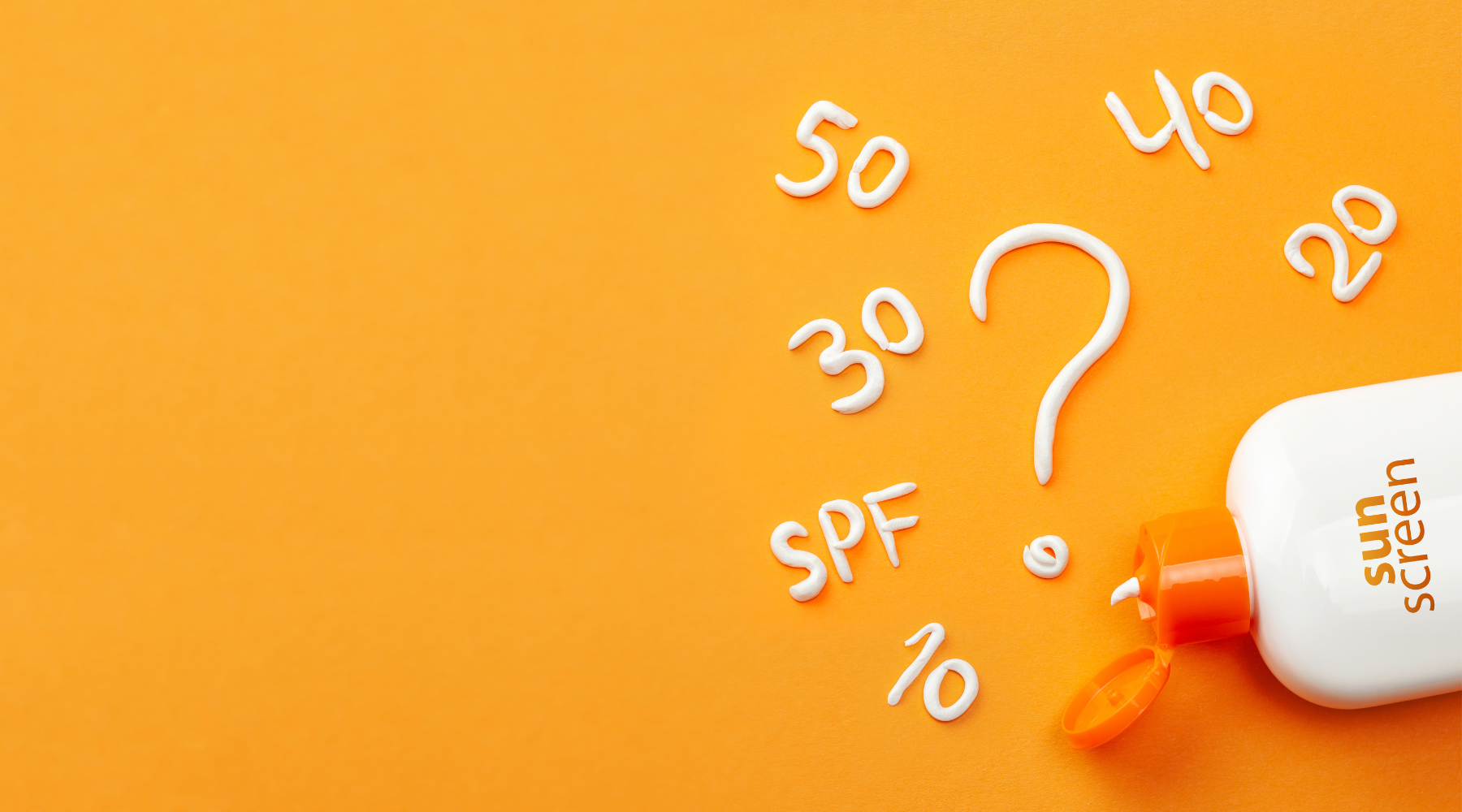Each week, OMRF Chief Medical Officer Dr. Judith James opens “Adam’s Journal” to answer a medical question from Adam Cohen, OMRF’s senior vice president & general counsel.
Adam’s Journal
It’s that sweaty time of year again, when we shed layers of clothing and add layers of sunscreen. But when it comes to skin protection, it seems to have become an arms race (sorry – I couldn’t resist), with SPF numbers growing more and more astronomical.
Is higher always best? Or is there some point where enough is enough?
Dr. James Prescribes
Sun protection factor (SPF) measures how well a sunscreen protects against sunburn. The American Academy of Dermatology recommends an SPF of at least 30. When properly applied, SPF 30 shields the skin from about 97% of ultraviolet B (UVB) rays, the type that cause most skin cancers.
Once you go above 30, protection increases only incrementally. For example, SPF 50 ups protection by just one percentage point – to 98. Unfortunately, no matter how high the SPF, no sunscreen offers 100% protection.
When choosing sunscreens, there’s another factor that many experts say is more important than SPF: Using one that offers “broad-spectrum” protection, which guards against both UVB and UVA rays. The latter type of rays are largely responsible for aging skin and causing wrinkles.
Another key is to keep reapplying sunscreen, as sweat and other factors will cause it to run off. At a minimum, you should reapply every two hours, and do so more frequently if you’re exercising or in the water. You should also always opt for water-resistant sunscreen.
I should note that babies under six months old should not wear sunscreen. Rather, they should be sheltered from the sun. Even once they pass this age, very young children may need higher SPF and special sunscreens designed to avoid irritating their skin.
The average adult needs about one fluid ounce of sunscreen to cover all exposed skin. But, typically, most of us don’t apply as much as recommended.
In a 2018 study, scientists found that people who used SPF 100 sunscreen enjoyed better sun protection than those who used SPF 50. Even though the higher-rated sunscreen, in theory, offered only marginally better protection, the study’s senior author hypothesized that the results were due to human foibles: “In the real world, the higher SPFs are much more forgiving, and since people are under-applying sunscreen, they’re much more likely to protect.”
In other words, in this imperfect world, you won’t go wrong with a higher SPF.
–
Do you have a health query for Dr. James? Email contact@omrf.org and your question may be answered in a future column!



